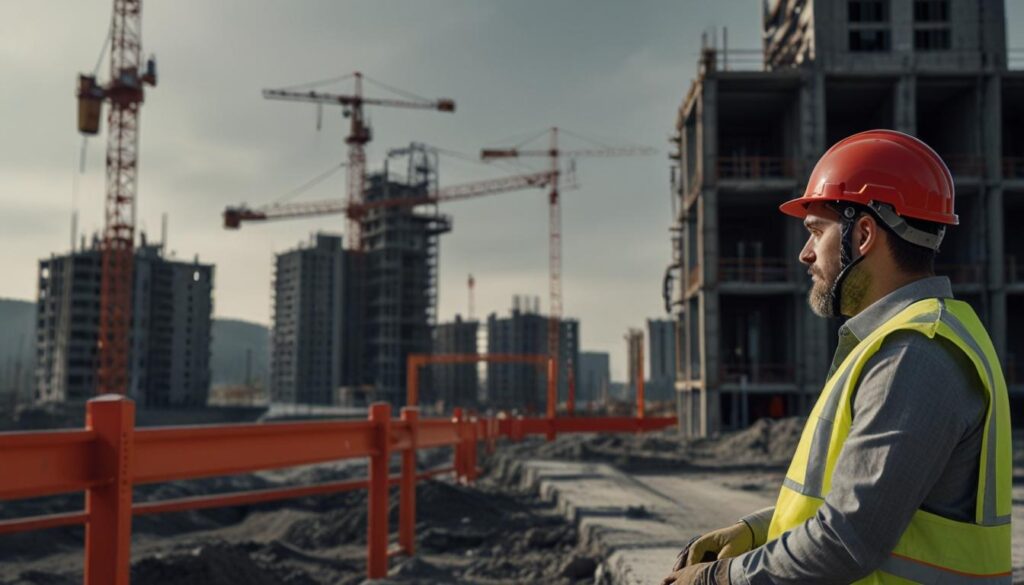A study introduces deep neural network (DNN) models for proximity and relationship detection between construction robots and workers to enhance safety. The models show promising results, with further improvements needed for practical applications in the field.
AI Enhances Safety in Construction with DNN Models
A recent study published in Sustainability has introduced a deep neural network (DNN) model designed for simultaneous proximity and relationship detection to address the safety risks associated with construction robots. The research aims to improve the identification of potential forcible collisions between robots and field workers.
Background
The construction industry increasingly uses robotic automation to tackle labor shortages and enhance productivity. However, safety concerns persist when robots and workers operate close together, prompting the need for advanced hazard detection systems.
Methods and Models
Researchers trained and evaluated three DNN models using the Pixel2Graph architecture, focusing on single-shot relationship detection. The study utilized the Visual Genome dataset, containing over 108,000 images and millions of objects and relationships, for initial training. Models were then fine-tuned with construction-specific data and evaluated using new images sourced from construction sites and YouTube.
- Model #1 (Only-Rel): Focused on relationship detection with provided bounding boxes and classes.
- Model #2 (Cla-Rel): Combined object classification with relationship detection.
- Model #3 (Loc-Cla-Rel): Integrated object localization, classification, and relationship detection.
Results
The study’s results showed promising performance for all three models, especially the Only-Rel model, which achieved a 90.63% Recall@5 score on new test data. In comparison, the Cla-Rel and Loc-Cla-Rel models achieved 72.02% and 66.28% respectively, highlighting the challenges of multi-tasking in a single network.
Conclusion
The proposed DNN models present a significant step towards safer interaction between robots and workers on construction sites by accurately identifying contact-driven hazards. However, further improvements are needed for practical field applications. Enhanced training data and advancements in DNN technologies are anticipated to advance this goal.
Researchers emphasize that this study represents the first attempt to apply single-shot visual relationship detection in the construction sector, aiming for seamless integration with existing safety monitoring systems.










